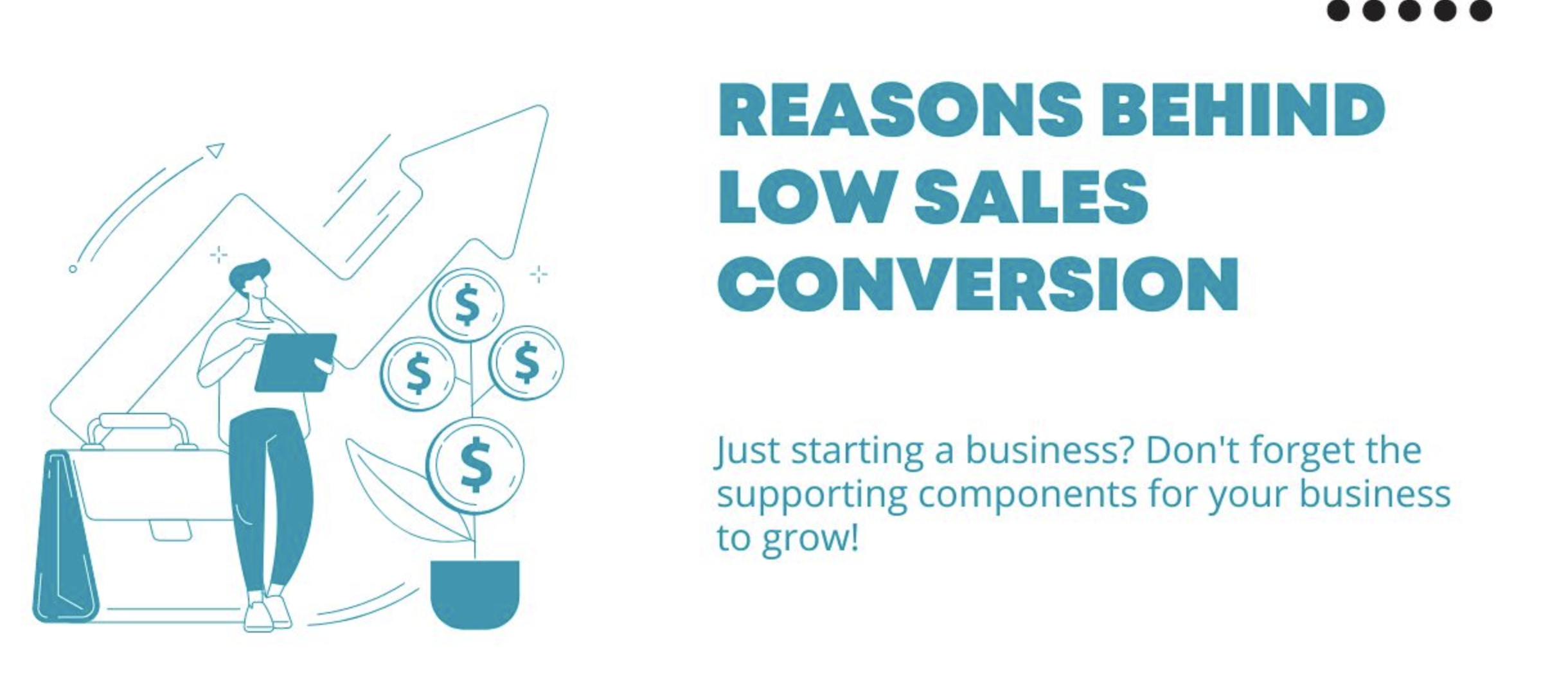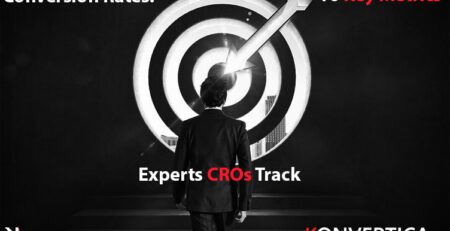The “Why” Behind the Buy: What Creates Conversions?
Businesses spend millions to figure out what makes consumers tick, to figure out the “why” behind their purchases. Multimillion-dollar ad campaigns, rebranding, and countless hours of demographics studies go into figuring out how best to get the message across to potential customers and then the hunt for SEO companies, digital agencies, and the like to assist in expanding their efforts to touch as many users as possible in the most natural and personalized way.
With such a wealth of data available, why do so many businesses struggle to create conversions? Data only tells part of the story. To fully understand the psychology behind consumer action—buying your product—requires understanding all the components of those decisions and what goes through customers’ minds at every step of the purchase process.
Trends are helpful in understanding what happens during these stages of conversion, but not the why. That requires a deeper delve into the psychology of the buyer. If you look at conversions like a number of boxes that need to be ticked in order for the customer to say yes, then what are those boxes, and why are some more valuable than others?
While a detailed treatise on human psychology as it pertains to acquisitions could fill volumes, the building blocks of buying boil down to simple enough concepts that apply no matter the type of business or type of consumer you are courting. Learning how to use these elements will help any business increase their conversions by understanding what makes people say “yes.”
Building Blocks of Buying
From Maslow to marketing gurus, many have tried to break down human psychology into manageable and marketable components. Psychology has much to say about humans and their irrepressible need for more: more status, more wealth, more validation. These dives into the psyche of the would-be consumer have provided reams of valuable data, including the basic components of conversion. These are the building blocks of buying, if you will, and they are just that: a foundation upon which markets are raised.

The Psychology of Purchasing
Customers consider many things when they are looking to make a purchase. Countless factors influence their considerations, but ultimately, customer desires fall into one of several basic categories. Yet before they ever get to the stage of buying, the customer has to overcome hurdles to justify the decision that they will rationalize after the fact. This sort of mental tug-of-war can take place almost instantly, but it does influence each buying decision that a customer makes.
Observing the customer’s journey is an important step in the process, and one where many businesses stumble. Business owners should always remember what it’s like to be on this side of the journey, and what goes into the all-important decision: to buy or not to buy?
The Foundations of Purchase Choices
Needs
The simplest thing that drives customers, are their needs. Food, car parts, household items, school supplies, the list goes on. A need represents some kind of physical or psychological deficiency in their life which the customer needs to address. Needs can be immediate or long-term solutions, but these are the important ones. Customers will often give needs-based purchases the most consideration of all, because they have a need for the right product or service, making sure their money is well-spent in addressing their issue.
Psychological needs can play into material purchases, as well. The need to be accepted by others might be addressed by purchasing designer clothing or a popular household item, for example, using buying decisions as a way of showing others and gaining that social acceptance.
Needs are irreplaceable to the buyer. They’re necessities by definition, and while any customer can find reasons to put off buying a want, they’re going to fulfill these needs somewhere. There is, however, some overlap between needs and wants. For the business owner, the place where the lines blur is the place where the buyer is most influenceable.
Wants
If needs are the things a customer literally can’t live without, wants describe a customer’s personal desires—the things they feel like they can’t live without. There is plenty of overlap here: the customer who needs the car parts wants a specific brand or a few extras, while they are already in the area. Most marketing focuses on customer wants, and with good reason. Brand recognition and brand identity thrive on customer wants. Customers want to feel like they are a part of brands, and this is often where the overlap occurs. It’s not just about the clothes you buy, it’s about who makes them, and how that makes you stand out among the crowd.
Goals
Where wants and needs combine, they create goals. These can be long-term goals, such as the ownership of a house, an ambitious career move, or the acquisition of a long-held desire, such as a dream car. Goals can also be short-term goals: getting through a week’s worth of work, going to the grocery store, going on vacation next weekend, nailing that performance review for the raise (which blends into long-term goals).
Overcoming the Purchase Barrier
How do you convince customers to act when there is interest? Keep in mind the customer’s journey once again. There is a collision of differing, often opposed viewpoints in the buyer’s mind. There’s the desire to own, a want, there’s what the person needs, and the weighing of justification and rationalization.
Though most don’t like to admit it, buyers are emotional and make purchases based on emotional weight more often than they realize. Buyers will then attempt to rationalize the purchase after the fact, to themselves if not others. Once engaged, customers often go back and forth more than they had intended to do. Convincing the customer to move past the consideration stage and break the “purchase barrier” is the tricky part.
Buyers are looking to ultimately get something that either prevents a loss—such as new tires, so that the old ones don’t blow out while heading out for that camping trip—or otherwise to fulfill some kind of emotional need in their lives. In the buyer’s mind, it is important to create the question: how can this help solve my particular problem? Even if the product or service can’t, the goal is to create that feeling of certainty in the purchaser’s mind.
From Curious to Customer: Creating the Conversion
If you want customers to say “yes,” you have to appeal to some part of their customer journey. You’re looking to tell a story here: “This is how my product can fulfill your basic wants.” Bring the customer along for the ride. Take command of the questions they ask by convincing them to ask themselves how your offering could give them what they wanted.
Ask yourself the same questions you ask your customers, and be sure that you understand the reasoning behind these questions, these goals, needs, and wants. Your customer is likely trying to find ways to get out of paying for things they do not need, while at the same time looking for justification to buy things they want.
Your job is to present the customer with the best solution to meet their needs, satisfy their wants, and make progress toward their goals.


Leave a Reply